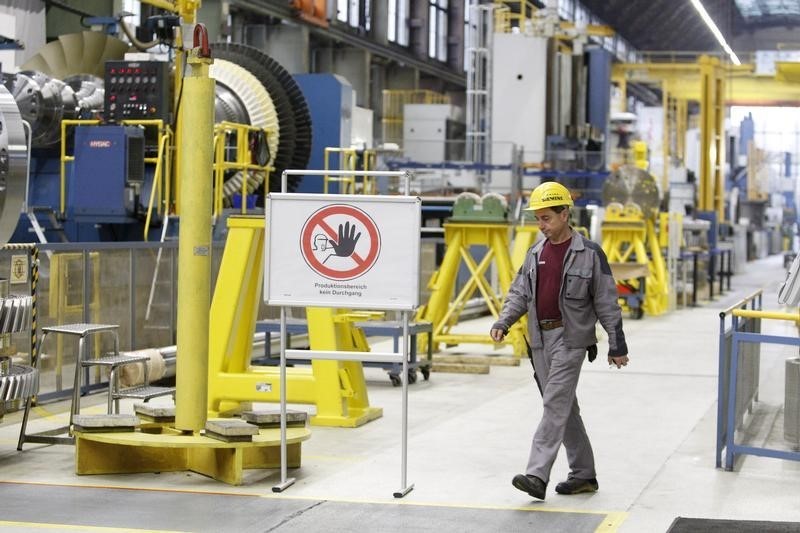* CAPEX rises 0.8 pct in Q4, tops forecasts of -3 pct
* Q4 GDP seen rising around 0.5 pct, 2.6 pct for year
* But early spending plans for 2016/17 looking very soft
By Wayne Cole
SYDNEY, Feb 25 (Reuters) - Australian business investment rose the first time in a year last quarter as spending picked up outside the battered mining sector, but downgrades to firms' future plans meant a meaningful recovery remained elusive.
Most disappointing was the Australian Bureau of Statistics' survey of early investment intentions for the year to June 2017 which showed a steep drop to A$82.6 billion ($59.1 billion).
That was well below analyst expectations of around A$93 billion and almost half of what was spent as recently as 2012/13.
"The capex story is not where you would hope to be," said Su-Lin Ong, a senior economist at RBC Capital Markets.
"It's probably still going to drag heavily on activity in the foreseeable future and it begs the question of what gets growth much stronger."
Resource-rich Australia has been struggling with a global slump in commodity prices which has kept economic growth to below-par levels for going on four years.
A decade of madcap expansion saw mining investment quadruple to reach 8 percent of Australia's A$1.6 trillion in annual GDP. Now, it's heading rapidly back to around 3 percent.
Figures due next week are generally expected to show the economy grew a modest 0.5 percent last quarter, a step down from third quarter's surprisingly brisk 0.9 percent.
Annual growth is seen stuck below potential at 2.6 percent, even if quicker than much of the rest of the rich world.
For that reason investors are wagering that global headwinds will force a further cut in interest rates from a reluctant Reserve Bank of Australia (RBA). Interbank futures 0#YIB: are fully priced for a cut in the 2 percent cash rate by August, which would mark more than a year since the last easing.
Yet the RBA has consistently argued that rates of 2 percent are already so low that they are no impediment to investment, so cutting further would not help.
Instead, they have been hoping other sectors would pick up their spending after some years of under investment.
There was some sign of that in the fourth quarter, with investment rising 0.8 percent to an inflation-adjusted A$31.9 billion, when analysts had forecast a 3.0 percent drop.
Spending plans for the current year to June were also marked up, but they still implied a drop of around 20 percent when compared to 2014/15.
"It's more of the same story - the non-mining recovery we're all hoping for still looks fairly soft overall," said Michael Blythe, chief economist at Commonwealth Bank.
